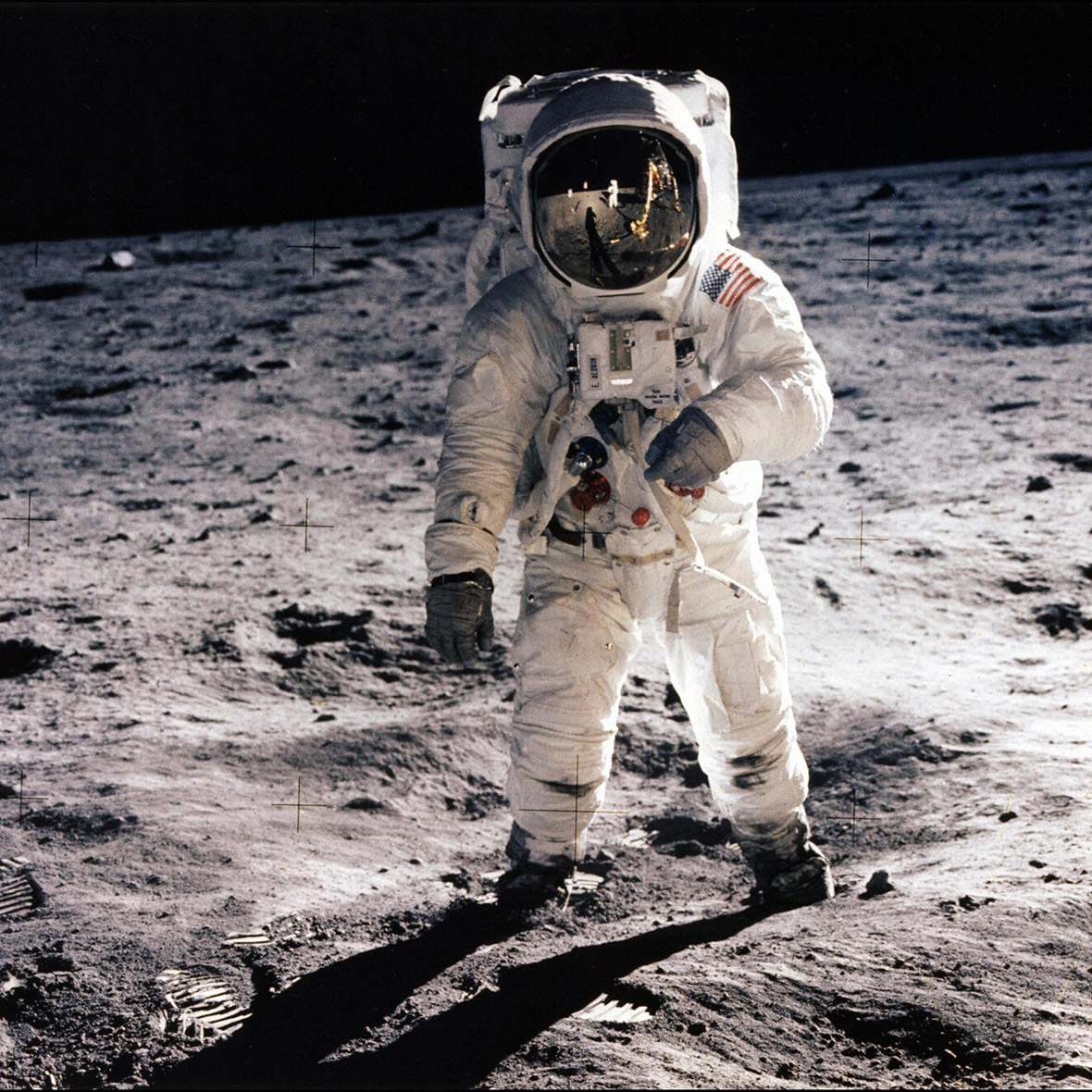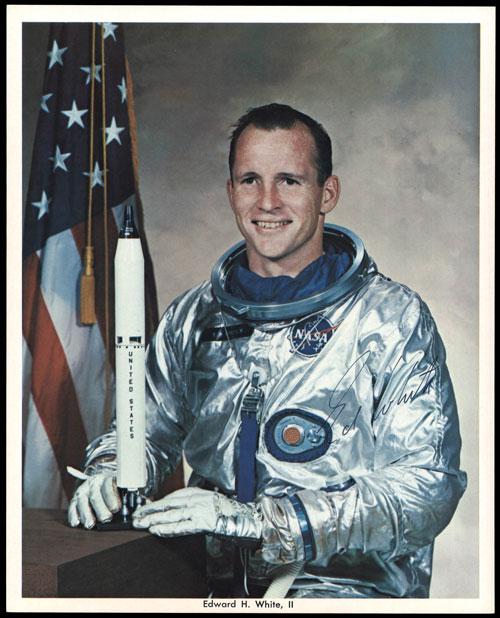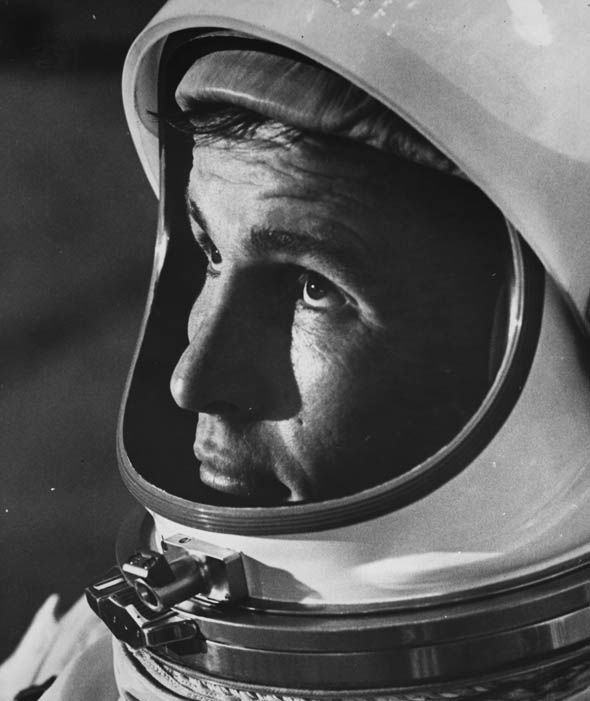



At 12:51 EDT on July 24, 1969, Apollo 11, the U.S. spacecraft that
had taken the first astronauts to the surface of the moon, safely
returned to Earth.
The American effort to send astronauts to the moon had its origins
in a famous appeal President John F. Kennedy made to a special
joint session of Congress on May 25, 1961: “I believe this nation
should commit itself to achieving the goal, before this decade is
out, of landing a man on the moon and returning him safely to
Earth.”


President Richard M. Nixon (right) was in the central
Pacific recovery area to welcome the Apollo 11
astronauts aboard the USS Hornet, prime recovery
ship for the historic Apollo 11 lunar landing mission.
Already confined to the Mobile Quarantine Facility
(above) are (left to right) Neil A. Armstrong,
commander; Michael Collins, command module
pilot; and Edwin E. Aldrin Jr., lunar module pilot.



















